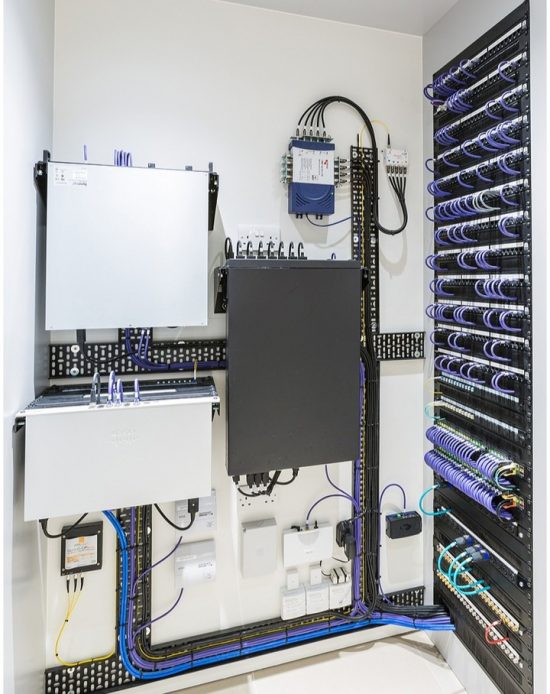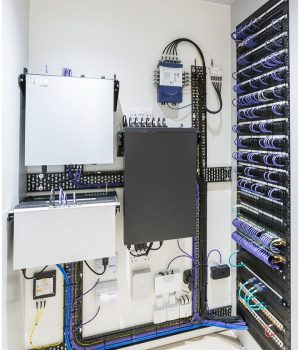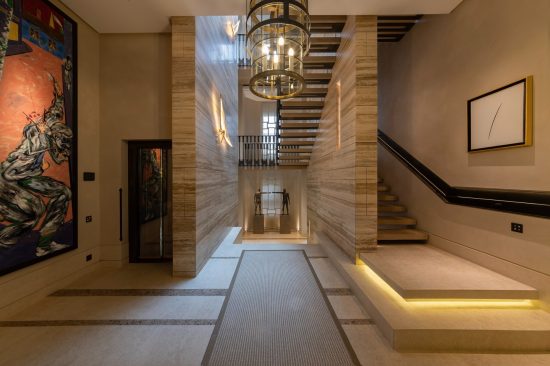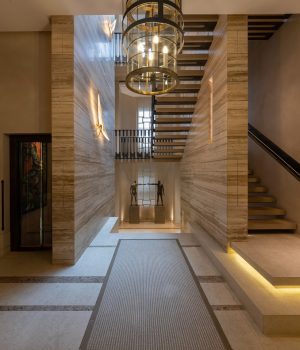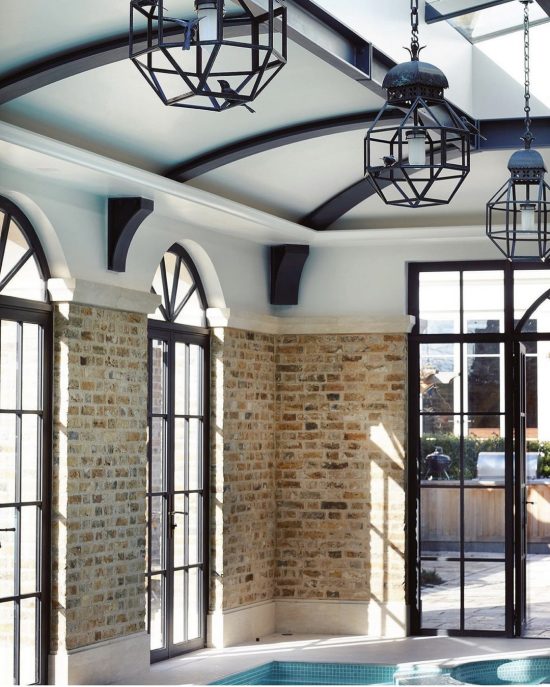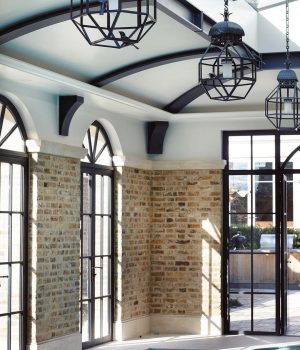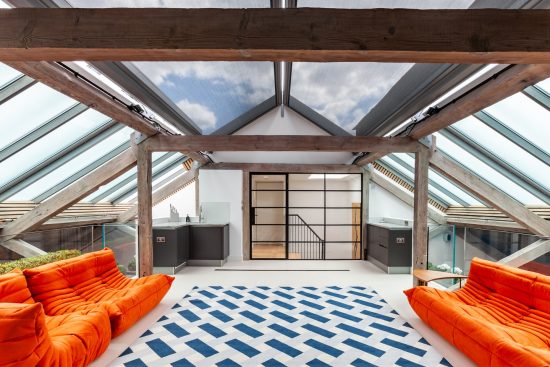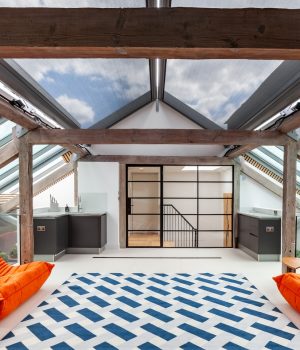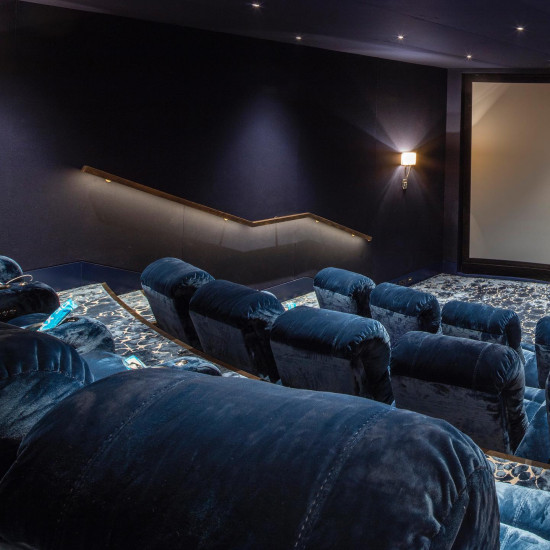The advancement of modern technology has revolutionised every industry and allowed for a wide range of applications within our everyday lives — security being one of the most crucial among them. In recent years, smart technology has gained immense popularity and acclaim by offering a wide range of solutions tailored to suit a vast array of requirements including Smart Home Safety.
Smart home safety technology allows you to connect multiple devices and have a level of control over your home — at the touch of a button — that would previously be reserved for sci-fi movies and shows. But what exactly is smart home safety, and what technologies can be used to protect your home?
In this post, we’ll offer a fundamental smart home safety guide and provide a few examples of the types of security devices that are becoming more and more common in modern homes.
What is Smart Technology?
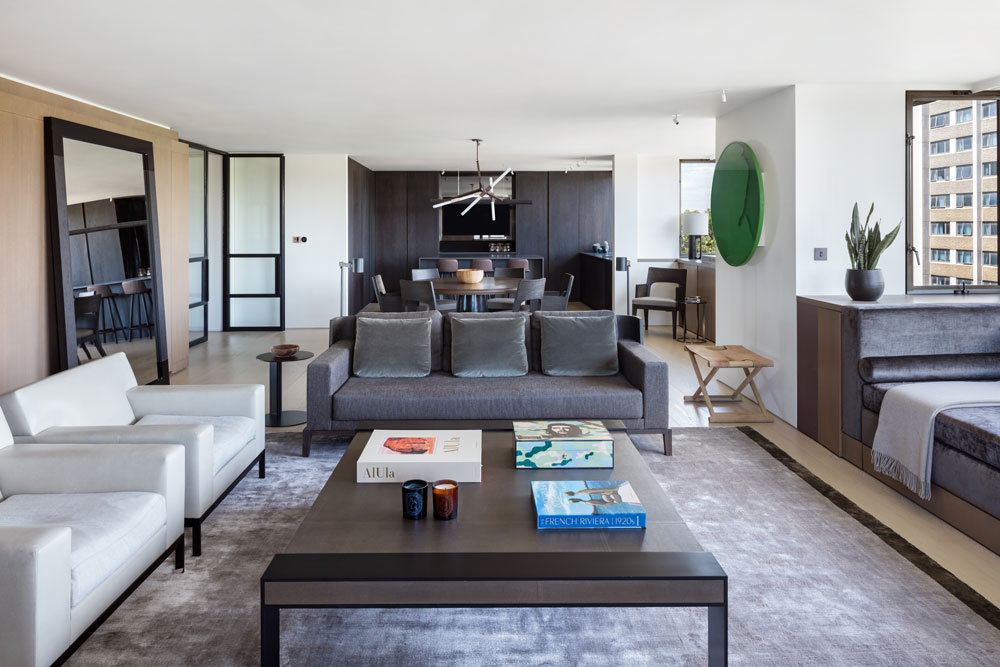
The term “smart” stands for “Self-Monitoring, Analysis and Reporting Technology”. However, it has become more widely known as “smart” because of the way it allows inanimate objects to respond to commands remotely, perform tasks and guide everyday behaviours.
Put simply, smart technology is tech that goes beyond the standard practices of sending/receiving information, searching for information or turning things off and on. Instead, smart technology provides consumers with more interaction with devices and significantly more control through the internet. While a great deal of smart tech focuses on the benefits offered for communication and entertainment, the level of control and efficiency it provides lends itself very well to home security.
What is Smart Home Safety?
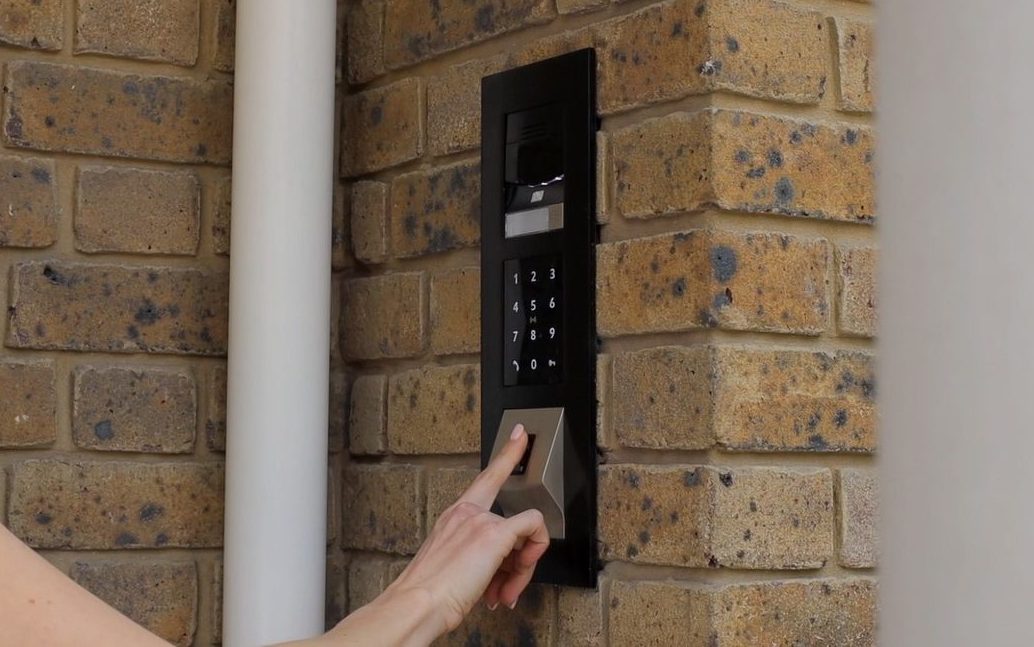
As we mentioned, smart technology is often used for communication or entertainment purposes within the home. But it can be used for so much more than that. A top priority for any homeowner is to keep their property safe. And this can be achieved with smart home safety. By utilising devices specifically designed for security as well as everyday smart technology, you gain complete control over your home’s systems while receiving vital information when needed.
For example, including devices such as smart alarms or sensors ensures you have peace of mind when you’re not at home, especially with notifications in place to make you aware of any causes for concern. Although many of the technologies used in smart systems already existed, such as security cameras, etc., smart home safety ensures
they work in harmony as part of a more extensive, connected system. With smart technology, you can monitor your entire system from your phone or tablet while having the ability to execute commands at a moment’s notice. Smart home safety is a must-have for homeowners looking to implement advanced technology into their property or simply improve their security capabilities.
Examples of Smart Home Safety
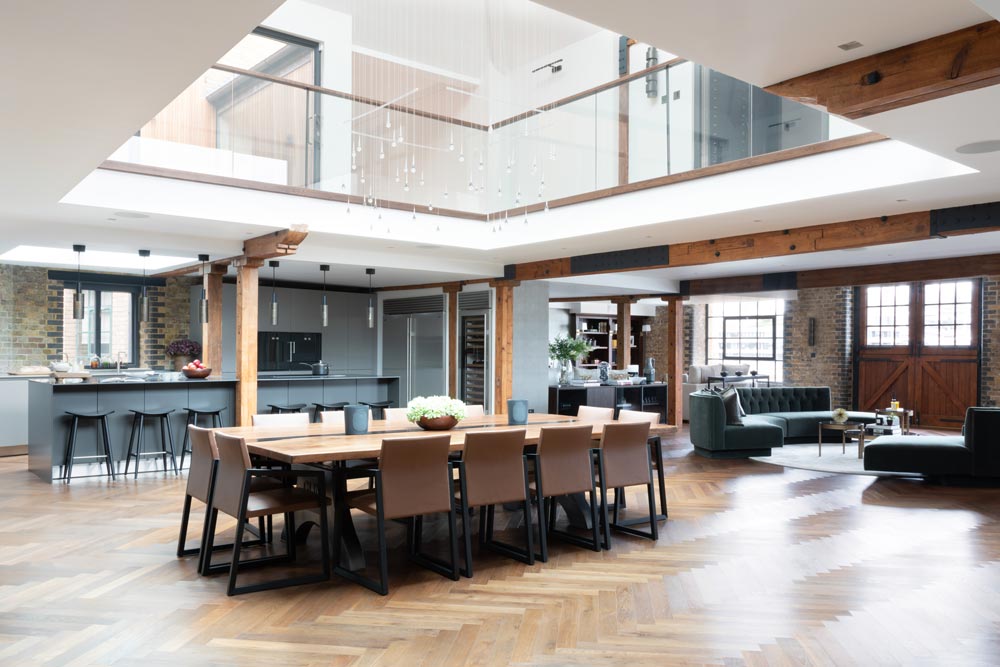
Below, we’ll run through a few examples of smart home technology that are commonly used for smart home safety and should be considered for your own home.
Automated Lighting: Remember leaving the lights on when you were out of the house to deter burglars? Automatic lighting allows you to do so but with the incredible advantage of having complete control using an app, regardless of if you’re home or not. Having control of your home’s lighting, especially if it changes over time (dimming, etc.), leads people to think you are home and, therefore, not a good target for burglars.
Security Cameras: Security cameras, both internal and external, are a staple of home security and provide you with a real-time view of your home or the surrounding area. Whether your smart home safety system alerts you to a disturbance or you simply want the peace of mind knowing everything/everyone is ok at home — smart security cameras offer instant, remote access to any camera feed in your system.
Sensors & Alarms: Again, these devices are nothing new from a fundamental point of view, but as part of a smart technology system, they are more advanced than ever. You can install sensors for windows (for open windows and glass breaks), doors, motion sensors for entire rooms and much more — all of which can be linked to your alarm system to provide utmost efficiency and safety. Also, many devices allow for automatic contact of the authorities for confirmed instances such as break-ins and vandalism — which you can confirm yourself with the use of security cameras. Another great example of how smart home safety systems can combine multiple devices for a united goal.
Smart Door Locks: Smart locks have become an essential component of home automation installations, helping to make homes a lot more secure. You can connect smart locks to your phone via Bluetooth or using an app via Wi-Fi. This technology offers a vast array of benefits, from increased security to energy-saving. With smart locks, you can be safe in the knowledge that your doors and windows are locked automatically. This saves time and removes the chance of human error by forgetting to lock a door. Not to mention the benefit of checking if your doors are locked when you aren’t home.
Video Doorbells: From a smart home safety point of view, video doorbells are super beneficial. This is because they sense and alert you when someone approaches the front door. Not only this, but it shows you a live feed of who it is, and you can use intercom technology to interact with them. Whether you’re looking for a more convenient way to deal with people knocking at the door or want to prevent any security issues that could arise, video doorbells have quickly become a go-to smart device. Plus, it makes life a lot easier when dealing with deliveries or people you’d rather not see.
At Cornflake, we design and install bespoke home experiences to suit a wide range of needs. And of course, security is always something we prioritise. If you are looking to enhance your home and implement smart technology, you’ve stumbled upon the perfect specialists for the job! Get in touch today to discuss
your requirements with our team of experts and find out how we can help!






